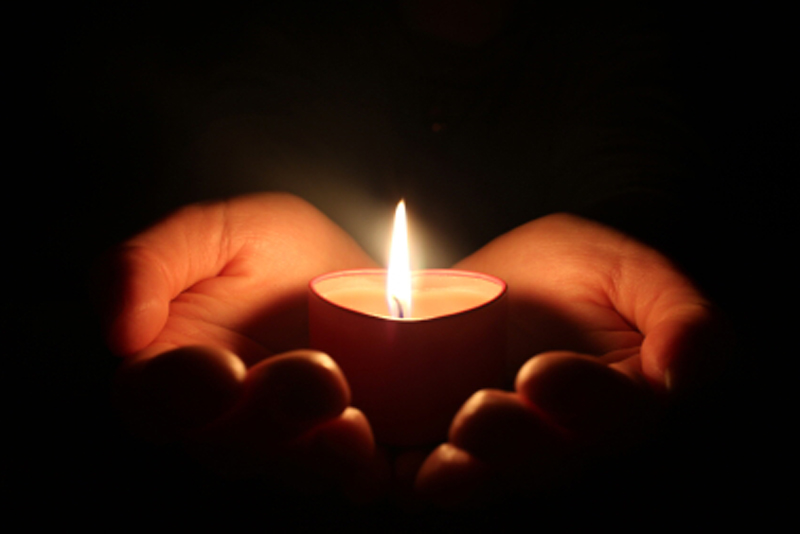The Queen of the Night

The Queen of the Night is central to the events in the opera Die Zauberflote although she only appears three times throughout the whole work. Her husband has died and passed Circle of the Sun to Sarastro, who is the High Priest of the Temple of Wisdom. As a result she has lost her powers. Sarastro has taken her daughter Pamina away because he does not want Pamina corrupted by her mother. The Queen refuses to accept this and the opera is about her attempts to wrest the Circle back from Sarastro.
She sings two arias which are regarded as amongst the most challenging works of any written for the coloratura soprano. These pieces are essentially what is known as "rage" arias, and cover a very wide tonal range. They are famous in particular because they both hit the top F - 3 F's above Middle C - which is about the highest of any music written for the soprano.
In the first aria O zittre nicht, mein lieber Sohn! she persuades Tamino to go to the temple and save Pamina from Sarastro because he has stolen her from her mother. This starts off the whole series of quests within the opera and as such is a central part of Act One. The second aria Der Holle Rache kocht in meinem Herz is in Act Two and is much angrier in tone than the first. In it, the Queen is not pleased to hear that Tamino has joined Sarastro's forces and tells Pamina to kill Sarastro. When Pamino refuses, the Queen tells her daughter that she will disown her.
The Queen's final appearance is right at the end of Act Two, after Tamino and Pamina have succeeded in the Three Ordeals. Monostatos has joined her and the Queen has promised him Pamina. She, Monostatos and the Three Ladies attempt to storm the temple but are repulsed and fall into the darkness.
The role of the Queen of the Night is essentially as Sarastro's opposite, representing darkness and evil. There are a lot of comments in the opera about women representing the "chattering classes" but it should be remembered that both Mozart and the librettist Schikaneder were Freemasons and the opera is full of Masonic symbolism. Note the number three appearing here again and again - the Queen appears three times, and makes three attempts to wrest Pamina back from Sarastro. The opera is also about good versus evil and each character has his or her own style of music. Sarastro's music is measured and calm, the Queen's music is full of sturm und drang style writing. Sarastro's music goes to the bottom of his range (a good bass is essential for the role) whereas the Queen's music goes right to the top of the coloratura soprano's range. Both roles are central in the opera and as important as the quest participants themselves.
You Should Also Read:
The Magic Flute Introduction Quests
The Magic Flute Conclusion
Mozart's Operas

Related Articles
Editor's Picks Articles
Top Ten Articles
Previous Features
Site Map
Content copyright © 2023 by Gillian Buchanan. All rights reserved.
This content was written by Gillian Buchanan. If you wish to use this content in any manner, you need written permission. Contact Gillian Buchanan for details.



